CONNECTCOMMENTEMAILMORE
When Beale Fletcher was a boy in Arden, the African American workers on his father’s farm gave him lessons in mountain music. In the dairy barn, they played rhythms on milk cans and he cut steps in sawdust.
Fletcher went on to form the Fletcher School of Dance in Asheville. His childhood initiation had also involved oom-pah bands in town parades; English square dances at socials, and ballroom and ballet in classes.
The establishment of Southern Appalachia’s strong, distinct music and dance culture grew from a mix of traditions.
Sam Queen, founder of the world-famous Soco Gap Dance Team in Haywood County, included Cherokee step dancers and fiddlers in his shows.
More WNC history:
- Visiting Our Past: Asheville promotions gained steam before the railroad
- Visiting Our Past: Pioneer James Patton made an example of his life
- Visiting Our Past: Royal Pines boom followed a pining for romance
“The Cherokee loved the fiddle and the square dance, and they had a tradition of their own,” said Queen’s grandson, Joe Sam Queen, architect, dance caller and representative in the NC General Assembly. In this region, he continues, “we took the Scots-Irish sets of four and combined it with the big circle, a Cherokee influence.”
German clogging, Irish high stepping, formal English figures, and African American buck dancing all found their way into new forms, which sometimes required a caller to help people follow the changes.
“My grandfather,” Joe Sam Queen noted, “credits a black man, John Love, for teaching him many steps and figures, such as ‘the grand right and left’ (a plantation house formality) and ‘right hand across and left hand back’ (a greeting dance).”
Days before clogging
Before the performance heyday of clogging, brought on by Bascom Lamar Lunsford’s Mountain Dance and Folk Festival in Asheville in 1928, dancing took place mostly in people’s living rooms after the furniture had been cleared out, sometimes with African American musicians.
Couples formed a big circle, where, led by a caller, they performed figures in smooth-stepping fashion. The only percussive step-dancing that took place was in individual break-outs. During these interludes, the African American musicians would occasionally demonstrate buck-dancing.
“We were on the western waters, which were settled by Revolutionary War families,” noted Richard Dillingham, Mars Hill historian. The children of various European backgrounds “quickly married each other.” The dances involved a lot of flirtation, yet, at the same time reinforced familiarity by engaging a great variety of partners, young and old, attached and unattached.
“Now I got a gal named Mary Jane, she can dance and she can sang,” a caller recited with stresses on the downbeat to keep dancers in step. Most of the time, in order to conserve breath, callers just named the to-be-performed figures without the poetry. But the poetry did flourish, reflecting on life, indulging in nonsense, and undergoing local variations. The Mary Jane story evolves into a lovers’ quarrel: “She danced with Tom all ni’t long. I said Mary Jane you done me wrong.”
The Bailey Mountain Cloggers of Mars Hill College perform a traditional square dance in which the caller begins, “Dive for the oyster, dig for the clam, shoot the hole in the old tin can.” Out east, where the rhyme had originated, it had been “bring them home in an old tin can.” When the patter moved west, it became “lasso the old tin can.”
The joy of dancing didn’t always conform to pioneer moral standards. Dillingham told how his grandfather had once held a square dance in his home while his wife had been at a revival. A church elder, who had also been at the revival, learned about it and moved to have Elder Dillingham churched. He later dropped the charges upon discovering that his daughters had hosted a dance at their home.
Barndance
In 1937, there was a job surge in Avery County and James Myron Houston, age 30, saw his chance.
J. Myron got news that Kaolin Inc. was building a plant on Brushy Creek. (It’s now the site of the Avery County Airport). His cousin, Robert Wiseman, owned land across from that site with deeds going back to 1780 and Robert’s great-great-great-grandfather, William Wiseman.
J. Myron bought the lot, knowing that kaolin workers meant lots of lunches. His plan included building a house on the back with a store that could accommodate string bands.
He’d call his place Sunny Brook after what William Wiseman had called his place because of the valley’s warm microclimate.
George Green, owner of Tri-County Oil Co., and a town booster, helped finance J. Myron’s store, which he built with locally sawn chestnut wood.
J. Myron threw a chivaree at the store just before he stocked it for its opening. His cousin, Scotty Wiseman and Scotty’s partner and wife Lulu Belle, known together as “The “Sweethearts of Country Music,” performed and played at the square dance.
Scott and Lulu Belle (Myrtle Cooper, a girl from Boone) had become a couple when they’d both been regulars on “National Barn Dance,” a chart-topping radio show out of WLS-Chicago.
They married in December 1934. She would be named “Favorite Female Radio Star” by “Radio Guide” magazine in 1938. He would make hits with such songs as “Mountain Dew,” borrowed from Bascom Lamar Lunsford; and “Great Granddad,” the story of a pioneer, who like Scotty’s ancestor, William Wiseman, prayed, carried a gun, and raised 21 children to be “strong in heart and hand.”
Scotty and J. Myron came from a culture in which singing and playing instruments were as natural on a porch or a worksite as on a stage. Already, there were locals, such as banjo player “Honey Waites” Wiseman, who had gained fame.
Some people had phonographs; and some, including Robert Wiseman, the older cousin who’d sold J. Myron the land, had radios.
Sunny Brook became a place where musicians hung out. Many performed in J. Myron’s nationally syndicated, live audience Friday night radio show, “Carolina Barn Dance.”
This showcase, which featured Patsy Cline, Bill Monroe, and other greats, began in 1949 in the Carolina Theatre, a Spruce Pine landmark constructed in 1937.
J. Myron’s daughter, award-winning children’s author Gloria Houston, had been a little girl, employed as an emergency fill-in performer if others didn’t show up. In her unpublished novel, “Carolina Barn Dance,” she recalls the show being stalled to avoid being interrupted by the train’s whistle, which seemed to exult about the kaolin, mica, and corundum it was carting away.
“As the curtains opened,” Houston writes, “the sound of the locomotive chugging into the distance was replaced by the sound of thirty-five musicians all playing, ‘Steel Guitar Rag’ as fast, and… as loudly as they could.”
Rob Neufeld writes the weekly “Visiting Our Past” column for the Citizen-Times. He received the 2019 Outstanding Achievement Award from the WNC Historical Association, is the author of several books, and manages the WNC book and heritage website, “The Read on WNC,” at thereadonwnc.ning.com. Contact him at RNeufeld@charter.net or 828-505-1973; @wncchronicler.
CONNECTCOMMENTEMAILMORE
Read or Share this story: https://www.citizen-times.com/story/news/2019/09/30/visiting-our-past-roots-country-music-flourished-asheville-wnc/2428247001/


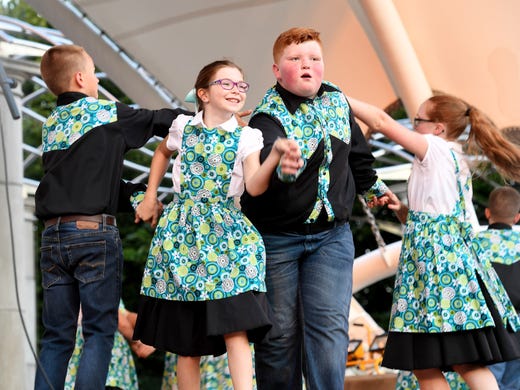
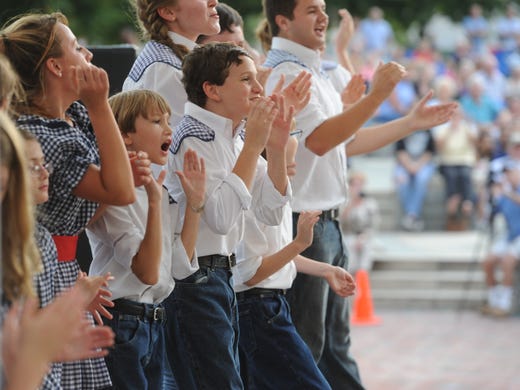
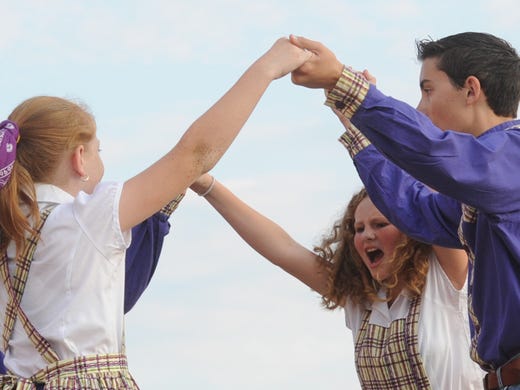
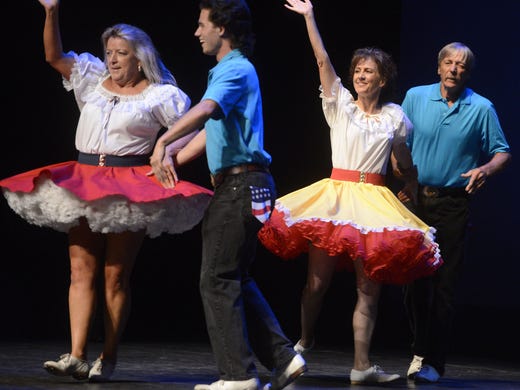
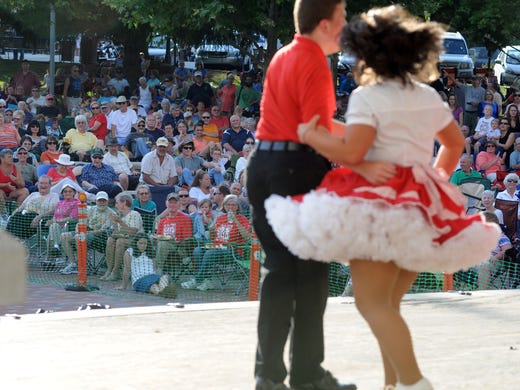
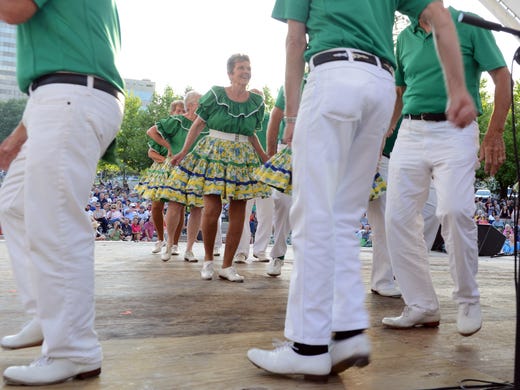













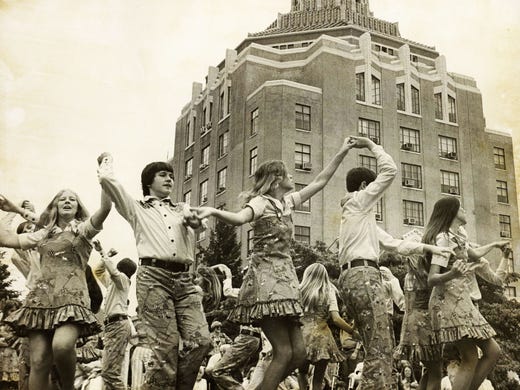
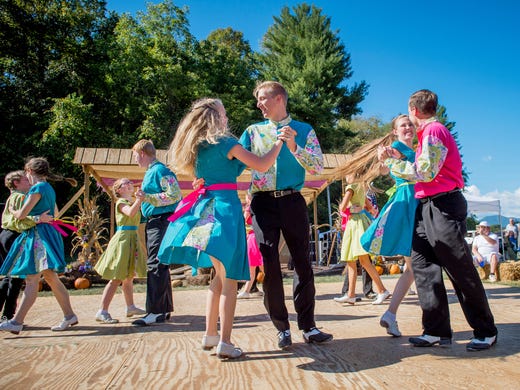
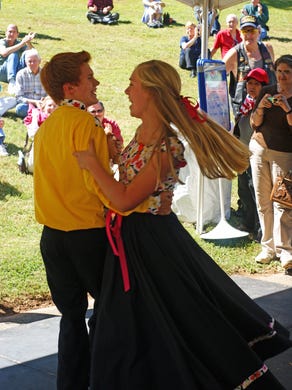
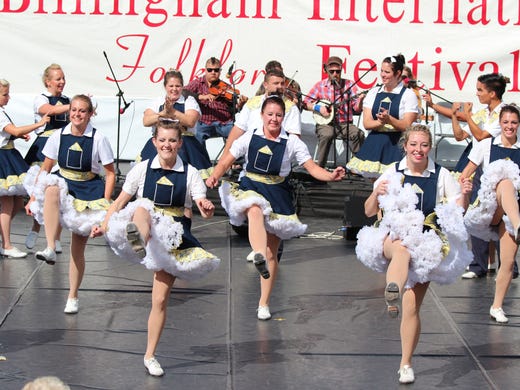
 1 of 24
1 of 24 2 of 24
2 of 24 3 of 24
3 of 24 4 of 24
4 of 24 5 of 24
5 of 24 6 of 24
6 of 24 7 of 24
7 of 24 8 of 24
8 of 24 9 of 24
9 of 24 10 of 24
10 of 24 11 of 24
11 of 24 12 of 24
12 of 24 13 of 24
13 of 24 14 of 24
14 of 24 15 of 24
15 of 24 16 of 24
16 of 24 17 of 24
17 of 24 18 of 24
18 of 24 19 of 24
19 of 24 20 of 24
20 of 24 21 of 24
21 of 24 22 of 24
22 of 24 23 of 24
23 of 24 24 of 24
24 of 24